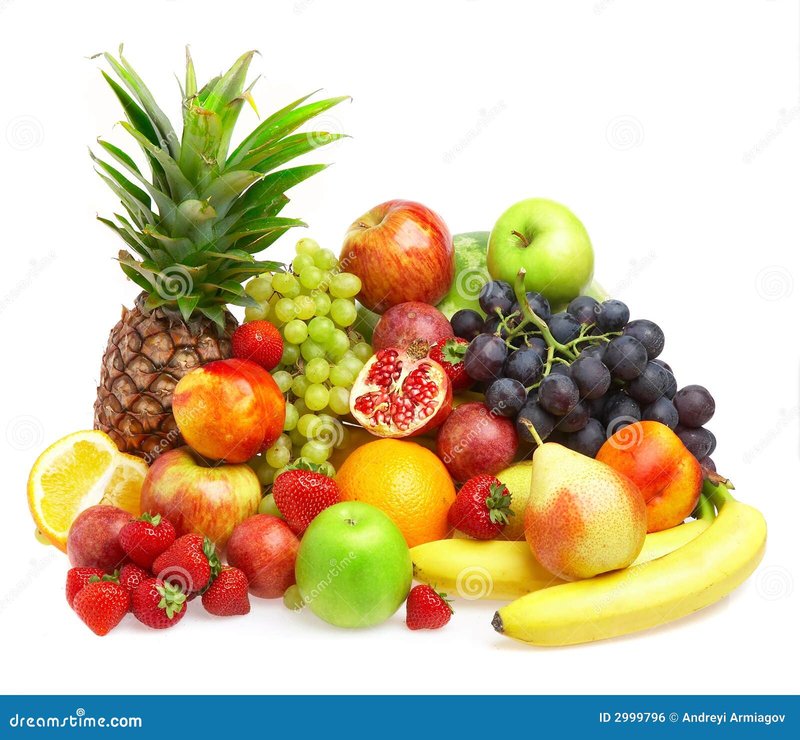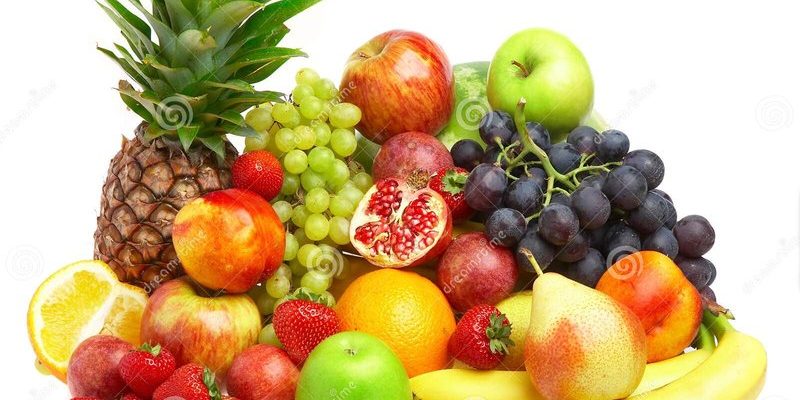
Fruit bats, also known as flying foxes, are unique for their size and diet, feasting on fruits rather than insects or blood. Picture a fluffy, winged puppy hanging from a tree—these gentle giants can have wingspans that reach up to six feet! They live in large colonies and their parenting practices are quite a sight to behold in the wild. It’s not just survival of the fittest; it’s all about community and familial care, much like how we as humans support each other.
So, let’s dive into the world of fruit bat parenting. You’ll discover how these incredible animals care for their young, the challenges they face, and what the circle of life looks like in their colony.
1. The Mating Season: Beginning of a New Life
For fruit bats, the *mating season* is a synchronized affair. Think of it as a grand dance party where everyone is invited to find a mate. This typically happens during specific months of the year when food is abundant, often correlating with the fruiting seasons of the trees they feed on.
During this time, males display their strength and charm to attract females, using loud calls and impressive flights. It’s almost like a show to see which guy can impress the girls the most! After a successful courtship, the female bat will mate, and a few weeks later, she will give birth to a single baby, known as a *pup*.
What’s fascinating is that many female fruit bats will synchronize their births within a colony. This crowd birthing can help boost the survival chances of the pups. Often, mothers will cluster together, creating a protective environment where each can help care for the others’ animals.
2. Nurturing the Pups: The First Few Weeks
Once a pup is born, the journey of nurturing begins. Mother fruit bats keep their babies close, hanging them securely under their bodies. Isn’t that adorable? The pup clings tightly to its mother’s fur, relying on her for warmth and protection.
In these early days, the mother is incredibly protective. She’s like a superhero mom, ensuring her little one is safe from predators. The mother bat will often stay in the more protected areas of the colony, away from potential threats.
Feeding is another vital part of their bond. A mother will nurse her pup using milk, which is richer than that of many other mammals. This nutrient-rich milk helps the pups grow strong quickly, preparing them for the challenges ahead.
3. The Importance of Socializing: Learning Through Play
As pups grow, they don’t just hang out with their moms all the time. Socializing is key for these little ones. They start to engage with other pups, and you’ll often see them playing in the trees, flapping their wings and practicing their future flying skills.
Young fruit bats will mimic the adults around them, watching how they navigate through the trees and interact with one another. Think of it as the ultimate *how-to guide* for living in the wild. This playful behavior not only builds their physical skills but also helps them learn social cues vital for later interactions in the colony.
Here’s the thing: these social experiences are crucial. Just like kids on a playground, bat pups learn the ropes of their community. The bonds formed during playtime create a sense of belonging within the colony, which is vital for their future survival.
4. Independence: Making the First Flights
As the pups grow older, it’s time to take the leap—literally! Around 4 to 5 weeks old, it’s common for them to attempt their first flights. You might be thinking, “Isn’t that a bit early?” But in the bat world, early independence is essential for survival.
At this stage, mothers will encourage their pups to experiment with flying. Sometimes, the young bats will take short flights, practicing their skills and learning how to navigate their surroundings. It’s a mix of excitement and anxiety, much like a kid riding a bike for the first time.
During this period, mothers still play a crucial role. They’ll often fly alongside their young ones, guiding and protecting them as they learn to master flight. These moments strengthen their bond and help the pups gain confidence.
5. Finding Their Place in the Colony
Once the young bats have mastered flying, it’s time to find their niche in the colony. As they grow, these young adults will start to contribute to the community, whether by helping care for younger pups or foraging for food.
It’s fascinating how bats maintain such intricate social structures. They thrive on cooperation and support one another. Young fruit bats often stay within the colony, learning from older members and even forming friendships with peers, which is essential for strong community ties.
As they settle into adulthood, these bats learn important skills, such as locating fruit and recognizing danger signs. The knowledge passed down from their parents and the colony becomes instrumental for their future survival.
6. The Challenges of Parenting in the Wild
Raising young is never without its challenges, especially in the wild. Fruit bats face numerous threats, such as habitat loss, predators, and changes in climate. These factors can create tough conditions for both the mothers and their pups.
Additionally, *human encroachment* poses a significant risk. As natural habitats are altered, food sources can diminish, making it harder for mother bats to find enough to feed themselves and their young.
Even during the nurturing stages, many pups may not survive due to these challenges. While the colony generally supports one another, if resources are scarce or danger is present, the odds can stack against them.
Despite these hardships, fruit bats display remarkable resilience. Their social structure allows them to adapt and work together, ensuring the survival of future generations.
7. The Role of Fruit Bats in Our Ecosystem
You might be wondering why all of this matters. Well, fruit bats are crucial for the environment. They play an essential role in pollination and seed dispersal, helping to maintain the health of forests.
As they feast on fruits, they help to spread seeds through their droppings, allowing new plants to grow. This cycle not only supports bat populations but also benefits countless other species in their habitat.
By understanding how fruit bats raise their young, we can appreciate the larger role they play in nature. Protecting them means protecting the ecosystems they help sustain.
8. How You Can Help Fruit Bats
If you feel inspired to help these amazing creatures, there are several ways to support them. First, educate yourself and others. Share what you learn about fruit bats and their importance to the ecosystem.
You can also support local conservation efforts. Many organizations focus on protecting bat habitats and raising awareness about their roles in nature. Consider donating to these groups or participating in local clean-up efforts to preserve their environments.
Additionally, reduce pesticide use in your own gardening practices. This helps ensure that bats have the natural food sources they need to thrive.
With a little effort, you can be part of the bigger picture in protecting fruit bats and ensuring that future generations can enjoy their presence in the wild.
In conclusion, understanding how fruit bats raise their young reveals so much about the delicate balance of nature. These incredible creatures showcase the beauty of motherhood and community, reminding us that every role, no matter how small, holds great significance in our ecosystem. So, the next time you hear about bats, remember the heartwarming stories of their nurturing ways in the wild.

